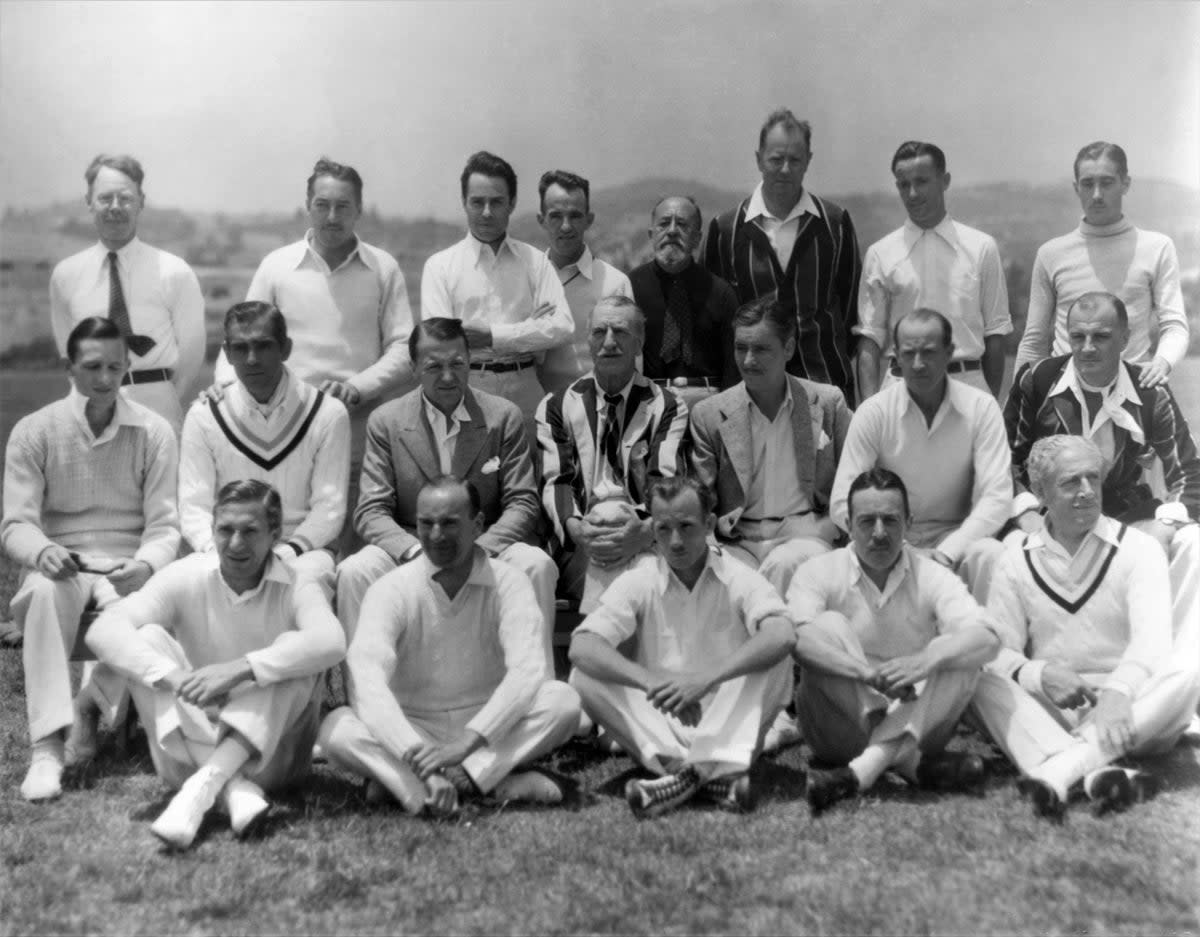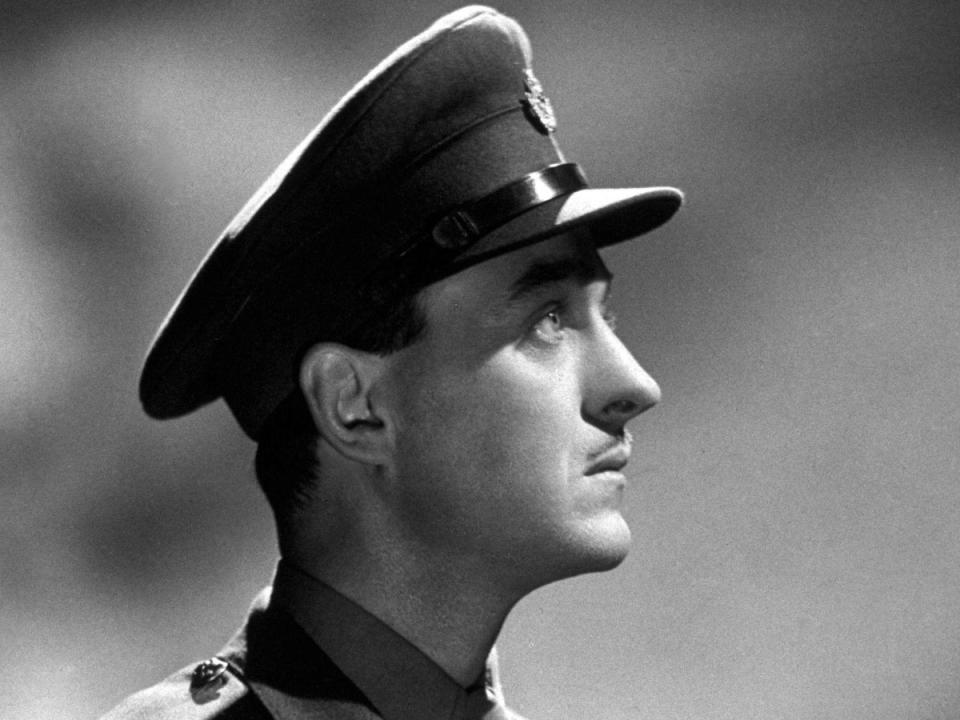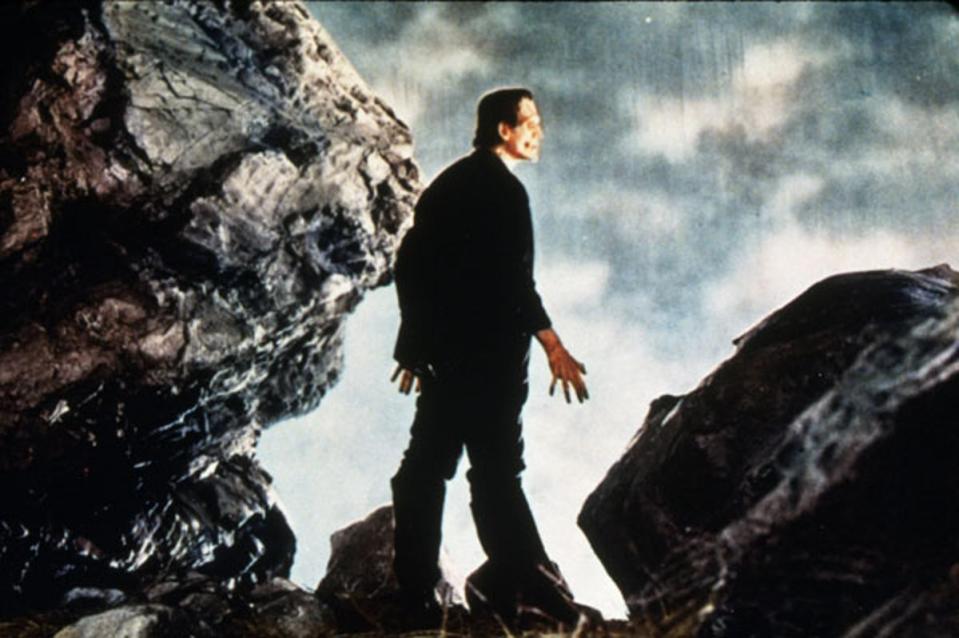Cucumber sandwiches, Cary Grant and pitch-side glamour: Remembering the Hollywood Cricket Club

It’s pre-war Los Angeles and you’re a young and rather dashing British actor. You’re newly arrived in Hollywood and looking to make friends, and preferably ones who understand the importance of a properly made cup of tea. Look no further, then, than the Hollywood Cricket Club.
There you’ll find fellow famous Brits abroad such as David Niven, Boris Karloff and, thanks to the suspect nature of colonialism, an honorary Brit in the shape of Tasmanian-born Errol Flynn. Across the 1930s and 1940s, these stars (and more) could be counted on to drop by the club’s nets in their flawless whites. Cinema luminaries such as Cary Grant, Basil Rathbone, Ronald Colman and Leslie Howard would all also play for the team, while a young Elizabeth Taylor might be around to serve cream tea.
Like any sports team, each player brought their own distinct style to the game. Flynn would either be drunk or late. Karloff was an unfortunately bandy-legged wicketkeeper, prone inevitably to LBWs. Nigel Bruce – who played Dr Watson in 14 Sherlock Holmes films – was fond of swearing and sadly unable to run between the wickets as a result of taking machine gun fire to the leg during the First World War. Elsewhere, the glamorous Merle Oberon, Elsa Lanchester and sisters Olivia de Havilland and Joan Fontaine could often be seen sharing cucumber sandwiches on the lawn. If you ignored the palm trees in the distance, you could have been at Headingley.
Founded in 1932 by British character actor and one-time England test cricketer Charles Aubrey Smith, the Hollywood Cricket Club was a home away from home for Brits in Los Angeles at the boom of the talkies. When Laurence Olivier arrived in town in 1933 to film Wuthering Heights, he was welcomed at the Chateau Marmont hotel not just by fan mail and flowers, but an invitation to cricket practice: “There will be nets tomorrow at 9am,” Smith wrote. “I trust I shall see you there.” Olivier went and was met by a cocktail and a two-hour dressing down regarding his technique.
Smith was already in his late sixties when he formed the club. Before acting on the London stage, Smith had been a professional cricketer, playing for both Cambridge and Sussex. It wasn’t just the cricket that made him every inch the stereotypical British gent – there was the bristly handlebar ’tache and fondness for smoking a pipe, too. Such was Smith’s stature that fellow Brit Evelyn Waugh would immortalise Smith’s Hollywood years in his death industry novella The Loved One. Here Smith would take the form of Sir Ambrose Ambercrombie, an endearingly pompous expat committed to holding up an extreme version of Englishness for himself and his fellow UK transplants. “The captain of the Hollywood Cricket Club was the redoubtable, craggy C Aubrey Smith,” wrote David Niven. “A famous county cricketer, he had a penchant for suddenly nipping out from behind the umpire and firing down his fast ball... He had been nicknamed ‘Round the Corner Smith’. His house on Mulholland Drive was called ‘The Round Corner’; on his roof were three cricket stumps and a bat and ball serving as a weather vane.”
Smith had made a name for himself in the silent films of the 1920s in the UK and arrived in Hollywood in 1930 to reprise his stage role in The Bachelor Father alongside MGM star Marion Davies. He decided to stay put, taking on a slew of similarly imposing roles in a number of Pre-Code romantic comedies such as Just a Gigolo and Son of India. He also made an impression in the original fantasy franchise, playing the father of Maureen O’Sullivan’s Jane against Johnny Weissmuller in Tarzan the Ape Man.
The New York Times critic Bosley Crowther would later write that Smith was “Great Britain personified in the eyes of millions of people”, adding, rather dramatically: “He is the Bank of England, the cliffs of Dover, the rock of Gibraltar, and several super-dreadnoughts rolled into one. Upon Mr Smith and the empire the sun would never dare to set.” Smith was so damn British that his MGM contract reportedly included a clause that stated the studio would provide him with transport back to England for Test matches. Smith, then, would regularly take elegant cruises back home on the Queen Mary.

The team started out using UCLA’s sports ground in Westwood, which the club borrowed every weekend under “the single proviso that we try to pull in a few students; a few of them came, looked, sniffed and departed,” later remembered Karloff. In his lavish memoir, The Moon’s A Balloon, David Niven remembers the early days of the club much more dramatically: “Crashes were frequent on Sunset Boulevard on Sunday afternoons when amazed local drivers became distracted by the sight of white flannel trousers and blazers on the football ground of UCLA.
Smith successfully lobbied the Los Angeles Park Commission for a ground of their own. Erected in May 1933 in the city’s sprawling Griffith Park were two fields and a practice area, as well as a pavilion, showers, lockers and a veranda for spectators. In keeping with Smith’s penchant for almost ludicrous levels of authenticity, five carloads of British grass seed were used for the grounds. Look for the cricket grounds now, though, and you’ll be out of luck – it was usurped by an equestrian centre in the 1980s. The pavilion, however, still stands. It’s now a wedding reception centre.
As well as an opportunity to socialise, the club was also a site of heady patriotism. When the Second World War broke out, the club’s First World War-era cricketers paid for David Niven’s ticket back to the UK to fight. There he would serve as an officer in the commando unit of the British army. And you didn’t have to play to get involved, either. Being British was enough to get you on the board. Jeeves and Wooster author PG Wodehouse was on hand to take notes at the club’s first ever meeting. When he could get away from his screenwriting work, he would occasionally keep score at matches in Griffith Park.

Important business was going down at the club, too. Members of the club came together to enact real change in the new and often exploitative film industry. Smith and Karloff, alongside fellow Cricket Club member Claude King – the Northampton-born actor and cast member from the very first version of A Star Is Born – were among the original board of directors of Screen Actors’ Guild. Founded in 1933, the union sought to give the growing ranks of film stars rights in the face of oppressive contracts which saw major studios taking advantage with relentless schedules and intrusive behaviour. A founder member of the Hollywood Cricket Club, British actor Alan Mowbray personally funded the Screen Actors’ Guild in its early days, while another club member, Frank Somerset, would later become its secretary.
Smith’s final film role was in the celebrated 1949 version of Louisa May Alcott’s Little Women. Here, he would star alongside Elizabeth Taylor, who had become a star at 12 thanks to 1944’s National Velvet. Little Women would be released a year after Smith’s death of pneumonia in 1948 at the age of 85, and five years after he was knighted by George VI. As befits a man to whom Britishness was so vital, Smith’s ashes were returned to the UK from Beverly Hills and interred in a churchyard in Hove, Sussex – the county for which he was the captain of the cricket team some 60 years previously.


